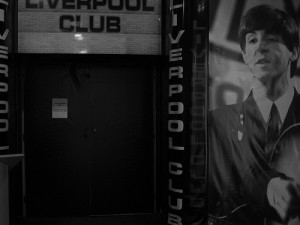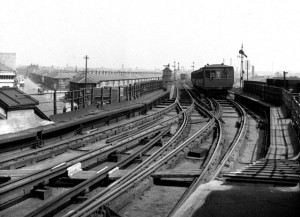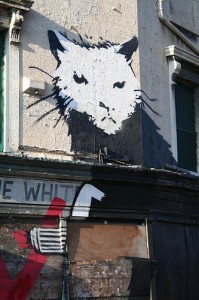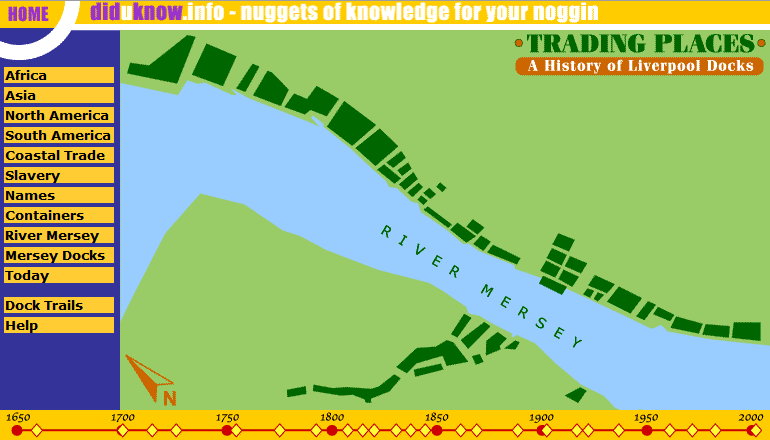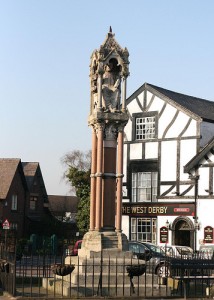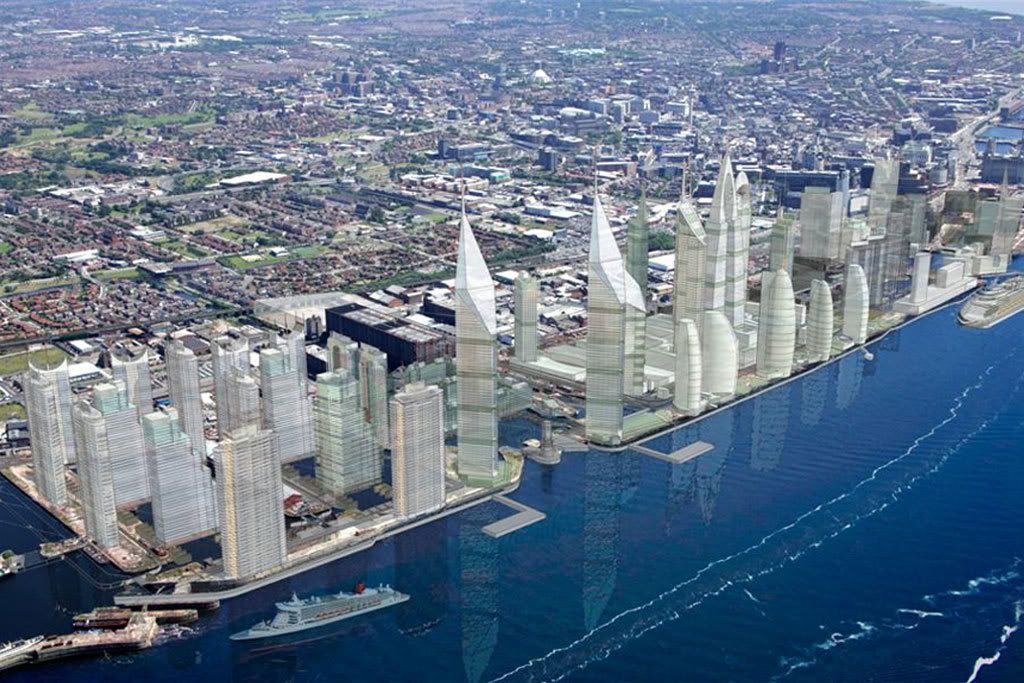
Liverpool Waters image by Jaybuoy
Peel’s Liverpool Waters scheme has reached another milestone with their plans for Birkenhead Docks being submitted to the local council. The Northbank east section has already been approved, but this East Float part is apparently the UK’s largest planning application.
Peel hopes the Mersey estuary will rival Shanghai and Sydney once the development is completed, and the artists’ impressions I’ve seen certainly show a massive change from what the area looks like now.
Perhaps I’m being old-fashioned, or at least conservative, but to me this will completely change the character of Liverpool and the Wirral. I’m not opposed to big cities per se, but what I love about Liverpool is the human scale of it all. Say what you want about the Mann Island development and the new Liverpool Museum, but the size (if not the design) of these buildings fit with the character of Liverpool. So does Liverpool One. The forest of skyscrapers promised by Peel will remove that feeling, and alter the balance and focus of the river bank. No longer will the Three Graces be the prow of the good ship Liverpool. All eyes will be on Peelsville.
I’d dearly love to see the vast swathes of dereliction in Liverpool and Birkenhead brought back into use (see for instance my earlier posts on Stanley Dock). But whether historic buildings are brought into use or new development takes place, I’m sure there are better, more individual ways of doing it. Discussions on Yo! Liverpool certainly show enthusiasm for the project, although there are some who want tougher questions asked.
Perhaps the new version of Liverpool – Peel’s version – will be a hugely exciting place to live and work, but I fear that I’ll feel a little lost in it all. The plans concentrate in the north docks, so perhaps both towns can successfully contain their ‘scraper cities’. What do you think?
Liverpool’s own scrutiny committee
Speaking of my recent Stanley Dock article, I was contacted by Peter Baines, Local Government Improvement Adviser for English Heritage, who pointed me in the direction of Liverpool City Council’s Regeneration Select Committee. Peter tells me that “these committees hold in-depth reviews on all manner of policy areas and make recommendations to the Council’s Executive / Cabinet about how things can be improved”. This page shows how open this committee is, with agendas and minutes posted for all their meetings. The page also lists their responsibilities, which to me look like exactly the kind of progress and development we should be after.
Thanks, David! Good to know we have these committees!
When Christmas shopping gets a bit much…
Liverpool.com has a great little article on the best pubs and bars to be found in the city centre. From the Grapes and Carnaevon Castle to the Richmond and the Globe, the list gives away some hidden gems in Liverpool’s pub landscape. Have you tried any?
Liverpool Landscapes and Historic Liverpool go social!
If you’re a regular reader (and if not, why not?!) then you may have noticed the headlines in the left-hand bar. These are my posts on the new Historic Liverpool Twitter page! Click straight through to the stories from this blog, or follow all the updates at @histliverpool.
You can also keep an eye on all the links used in this blog by going to the Historic Liverpool Delicious page. This is a site where I can publicly bookmark interesting pages, and keep them collected in one place.
Both these pages can be viewed without opening an account, and you can keep up to date with each page by adding their URLs (Delicious, Twitter) to a feed reader.

